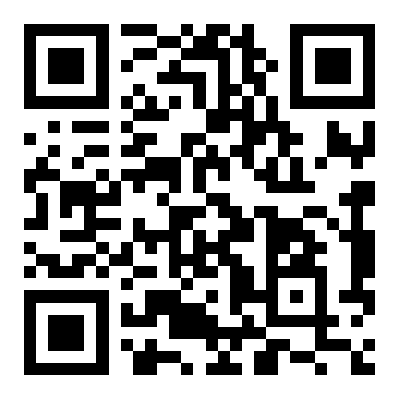

采用先进加密技术,保障您的资金和信息安全
充值即时到账,让您随时随地享受加油服务
充值满额赠送积分,定期推出专属优惠活动
7×24小时客户服务,解决您的充值问题
更多功能,更多优惠,尽在掌中

扫码下载APP
卡密充值是通过输入预购买的充值卡信息进行加油卡充值的方式。您需要先购买中国石化充值卡,然后在本平台输入充值卡卡号(16位数字)和充值卡密(20位数字)完成对加油卡(19位数字)的充值。
充值卡卡号是印在充值卡正面的16位数字,用于识别您的充值卡。而充值卡密是印在充值卡背面或保护层下的20位数字密码,是实际进行充值的凭证。充值时需要同时输入这两项信息。
您可以在中国石化各大加油站、授权经销商、官方APP或官方网站购买充值卡。请确保从正规渠道购买,以避免使用无效卡密。
正常情况下,卡密充值成功后会即时到账,并发送短信通知。如遇网络延迟,最长不超过30分钟。
充值失败可能有以下原因:1. 充值卡已被使用;2. 充值卡已过期;3. 充值卡卡号或卡密输入错误(请确保分别输入16位卡号和20位卡密);4. 系统暂时故障。如遇充值失败,请核对信息或联系客服处理。
您可以通过以下方式查询余额:1. 登录中国石化APP;2. 拨打客服热线95105888;3. 前往任意加油站查询。
您可以点击验证码图片右侧的刷新按钮获取新的验证码。如果多次刷新后仍然看不清,请尝试使用不同的浏览器或清除浏览器缓存后重试。
还有其他问题?
查看更多帮助